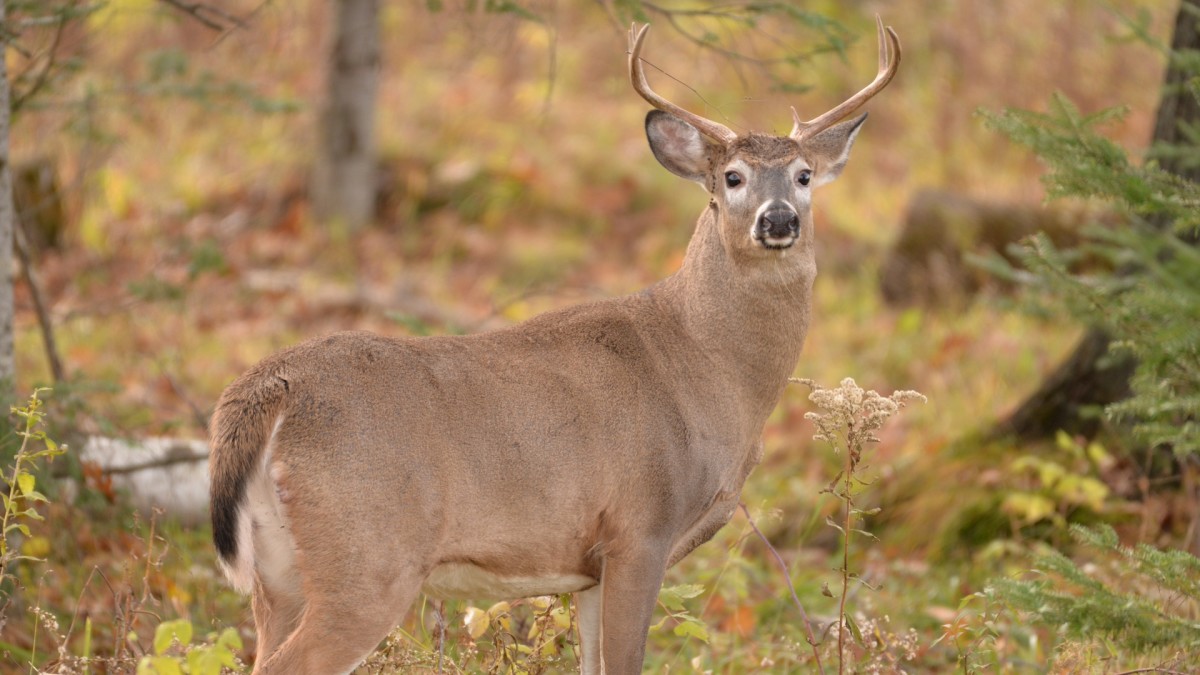
It wasn’t that long ago when you never really heard about mature bucks the way you do now. Sure, maturity made it into the conversation sometimes when people talking about big bucks, but it wasn’t the reason for the season, so to speak.
Today, the whitetail-sphere is dominated by hit-listers with cute names and the idea that a buck is only worthy of an arrow if he’s mature. The reason we’ve gone this way is because pure trophy hunting is generally ugly in the eyes of hunters and non-hunters alike. If you don’t believe that, go shoot a giraffe and plaster your kill photos all over your social.
While long-necked leaf-eaters from Africa are a far cry from 140-inch bucks in the States, the truth is that even deer hunters understand negative connotations. Hunting for “horns” comes with plenty. So, we target mature deer that are in their prime and have already passed on their superior genes.
It just so happens they are also at a stage where their antlers are potentially as big as they’ll be in the deer’s life cycle.
The Antlers Behind The Reasons
When people started figuring out how to severely limit pressure and grow big deer on private farms, the messaging started to change. Anyone with the common sense God gave a toad knows that those deer aren’t as challenging as deer that get pressured, so they had to paint things in a light that made them look difficult and gloss over the fact that it’s still about antler size.
If you don’t believe that, ask yourself how many people who have a hit-lister buck that has made it to the magical mature age would keep that buck on the list if he was all busted up. If he broke both of his main beams off, would he still get shot? Why not? It’s the same buck, the same challenge of hunting a mature animal, so why hold off?
What about a buck that was easily identifiable, say because it had a double throat patch or a defined limp? Let’s say that buck hits six years old and grows a 110-inch rack. Is he on the hitlist the same way a 150-inch five-year-old would be? Or does he get handed off to someone else as a pity kill, or worse, a cull buck?
Let’s look at it another way. If a six-year-old is a trophy because he’s rare and no slouch at surviving, why not let him go until he’s eight or 10? Wouldn’t he be even more of a challenge then? Probably, but it’s almost a sure thing his rack will shrink in those years, which is why deer become “shooters” earlier in their lives.
Mature Or Not, Who Gives A Sh*t
Here’s the thing—if you want to target mature bucks, that’s great. It’s especially great if you hunt somewhere where that is a feasible goal. A lot of people don’t, and that’s the problem with the messaging.
Even in states like Pennsylvania or Michigan, where there is no shortage of hunters, there are plenty of individual properties where enough bucks can grow old and make the list. That won’t be the case for hunters in those states who are relegated to public land or other properties with high pressure.
In many situations, waiting on a 5.5-year-old buck is like waiting on a literal unicorn. The odds are only slightly better that one will come down the trail but not the other. This means that you should probably just hunt your hunt according to what makes you happy.
The Right Time To Go Big
Everyone wants to shoot a big buck (or lots of them). There’s nothing wrong with that, but it’s also not all that likely for most people. Should it be your goal anyway? That’s up to you. If you have the patience and that’s the thing that will make you the most happy, then go nuts for doughnuts.
What if you feel like you should run the whole hitlist program because that’s what you see in hunting content and hear from your buddies? Well, remember that everyone’s journey is different. Some people have great spots, or lots of time to scout, or just the obsession to make something big happen each fall. Others don’t. If that’s you, it might be best to forget about all of the reasons why mature bucks are special to some people and set your standards accordingly.
This might be as simple as acknowledging that on a private, well-managed farm, a six-year-old is the right age to be a real challenge. The equivalent of that buck on public land just down the road might be a 100-inch two-year-old if the pressure is intense enough. It’s up to you, of course, but it pays to be real honest about your situation when you’re setting seasonal whitetail goals.
For more information on mature bucks, check these articles out: Why Most Whitetail Hunters Never Kill Mature Bucks, How To Find More Mature Buck Sheds This Winter, and How Spooked Is Too Spooked When It Comes To Mature Bucks.



